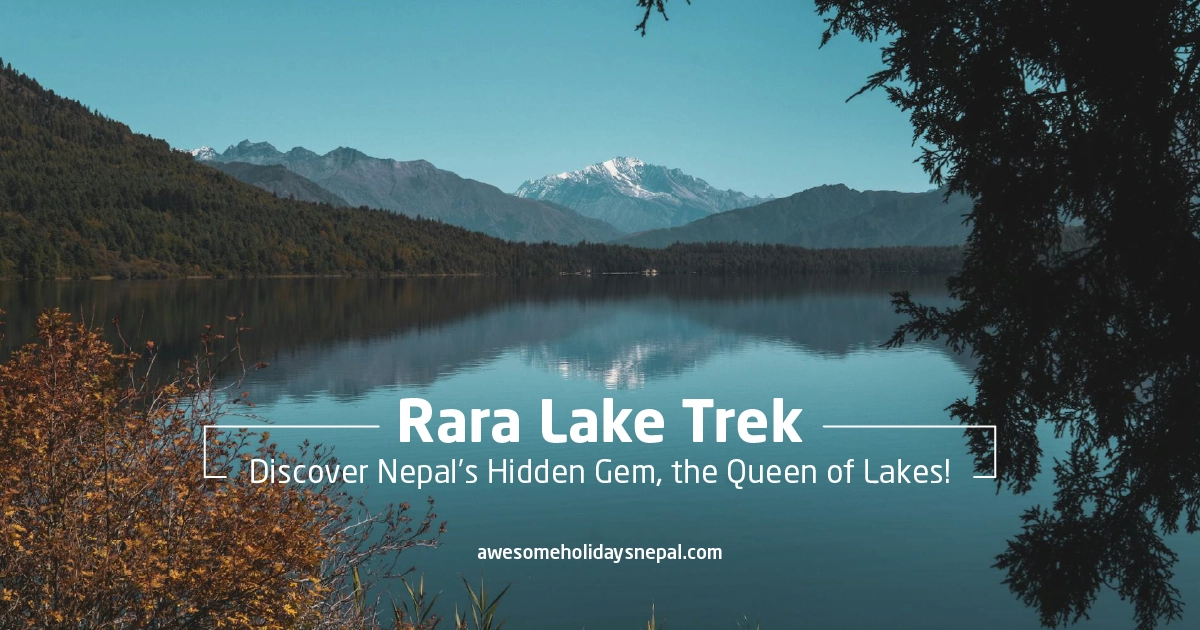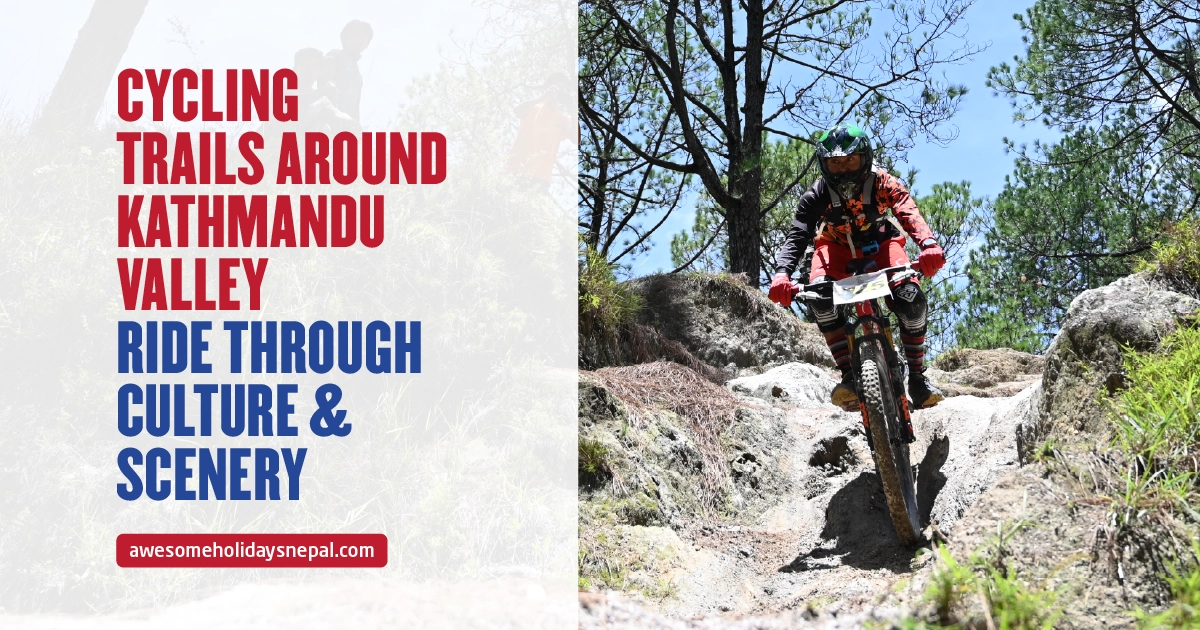Best Peak Climbing in Nepal – Conquer the Himalayas
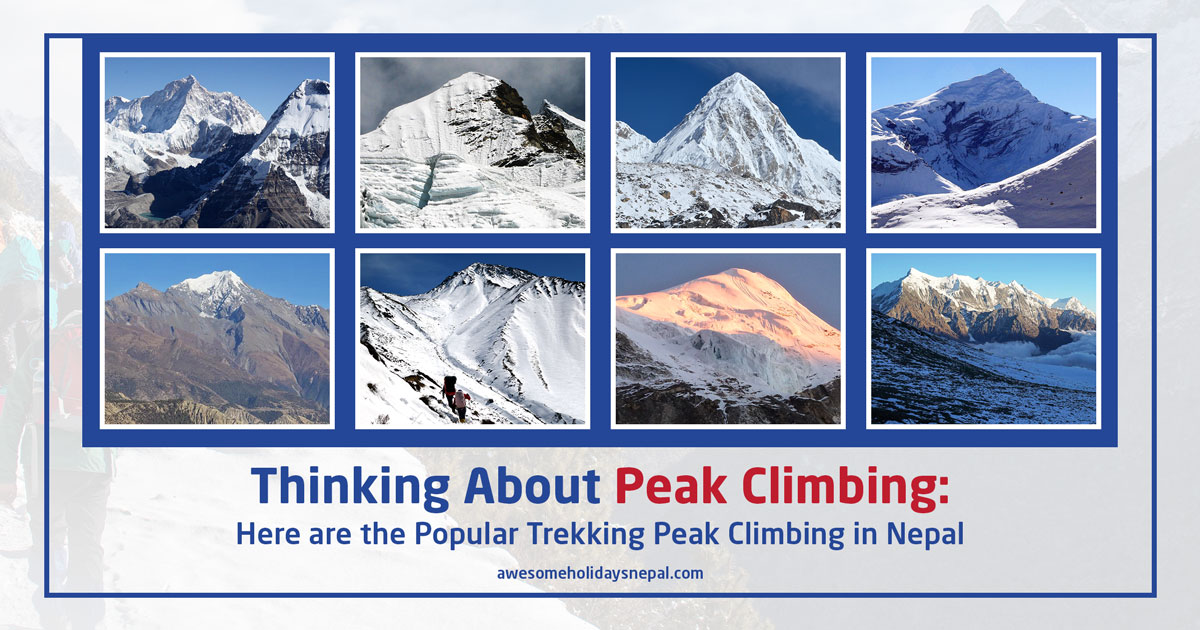
Let’s do a milestone check, done the trails, trekked to the base camps, and now you are yearning for something more—than we have got exactly the thing you’re looking for!
Welcome to Nepal’s world of peak climbing—a thrilling next step from trekking, whereby adventure goes vertical.
Apart from being the residence of towering 8,000-meter peaks like Everest and Kanchenjunga, a diverse spectrum of “trekking peaks” offers exciting experiences for hikers who desire more than just trekking. Rising, challenging, and scenic, these climbing peaks offer a strong punch whether you are a new climber or an experienced trekker trying to notch up your Himalayan credentials.
So, here in this article, let’s take a look at some of the best peak climbing in Nepal.
At a Glance
- Best Season: Spring (March–May) and Autumn (September–November)
- Elevation Range: 5,500 – 6,500 meters
- Skill Level: From beginner-friendly to technically demanding
- Popular Peaks: Island Peak, Mera Peak, Lobuche East, Pisang Peak, Yala Peak, Pachermo Peak, Dhampus Peak, Chulu Far East,
- Permit Requirements: NMA climbing permit, TIMS card, national park or conservation area permit
- Guides: Mandatory for most peaks
- Equipment: Mountaineering boots, crampons, ice axe, ropes, harness, helmet, etc.
Best Peak Climbing in Nepal
Island Peak (6,189 m)
The Island Peak, which is also known as Imja Tse, is one of the most frequently climbed trekking peaks in Nepal. The peak is located near Everest Base Camp in eastern Nepal at an altitude of 6,189 meters. It offers a memorable escapade including glacier crossings, sharp snow ascents, and rope work.
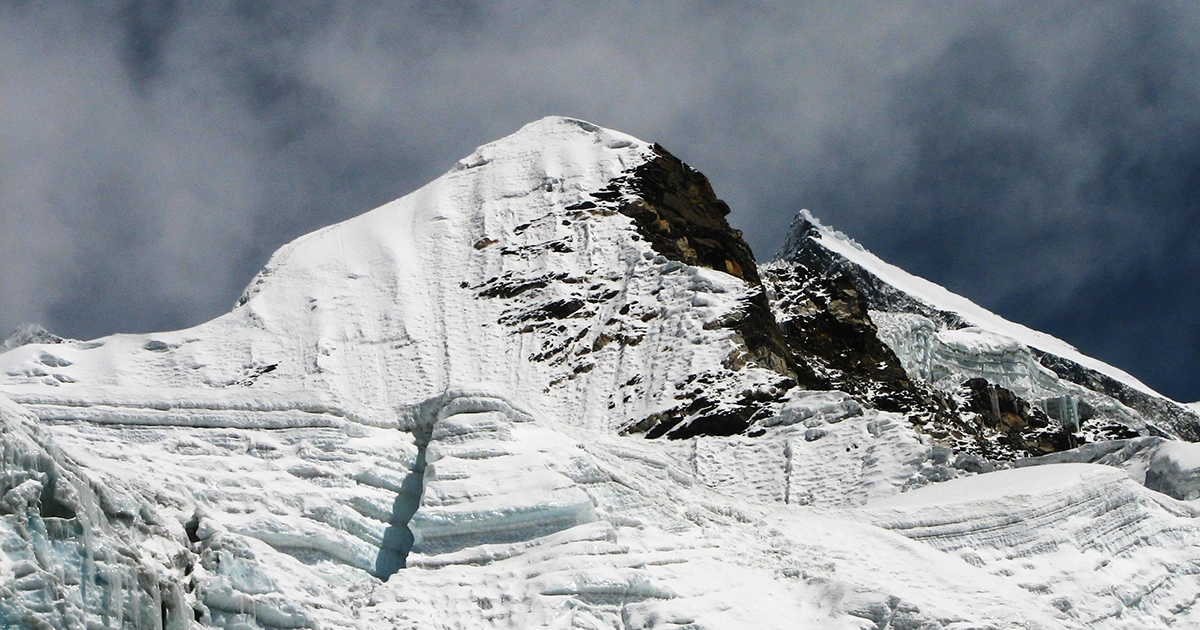
Island Peak is well suited for those already experienced in trekking who want to enter the domain of alpine mountaineering; it is also physically demanding. On a clear day, the peak offers stunning vistas of Makalu as well as Lhotse, Nuptse, and Ama Dablam.
Mera Peak (6,476 m)
The tallest trekking peak in Nepal, Mera Peak, provides some of the most expansive views of the Himalayas. From its top, alpinists can see five 8,000-meter peaks—Everest, Makalu, Lhotse, Cho Oyu, and Kanchenjunga.
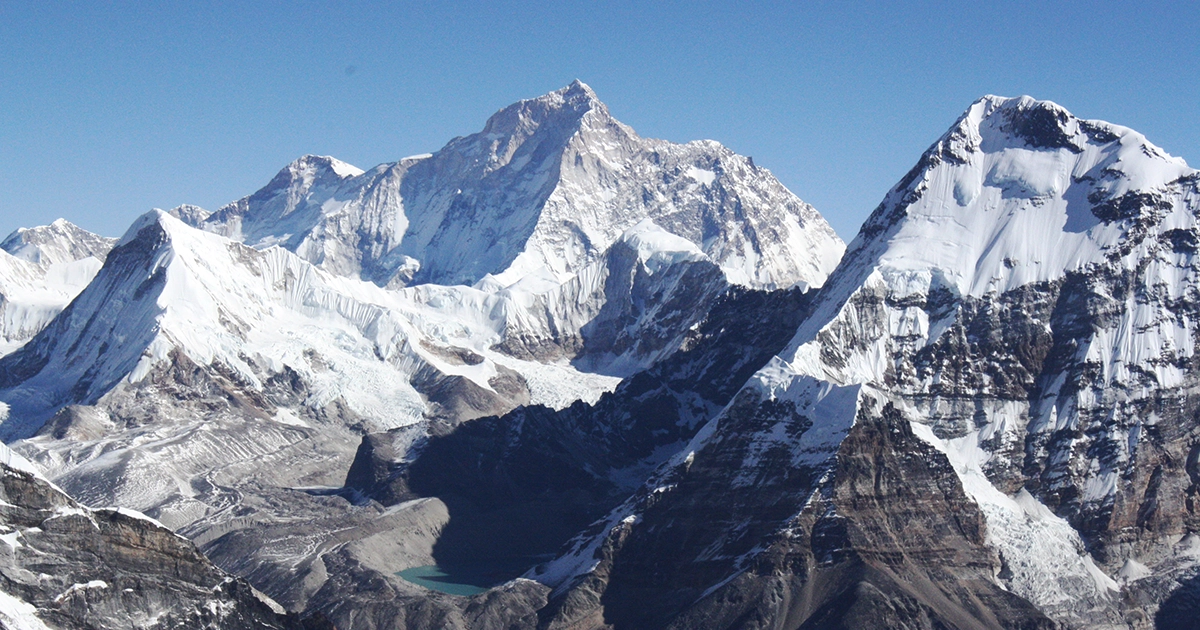
Although the altitude of the climb makes it physically demanding, technically it is fairly simple, therefore it is a favorite among fit climbers who wish to try high-altitude climbing without having to learn sophisticated ropework techniques.
Lobuche East (6,119 m)
Lobuche East is one of the best peak climbing in Nepal located at an altitude of 6,119 meters in the Khumbu region. It is a great option for climbers wanting a more technical ascent close to the Everest area.
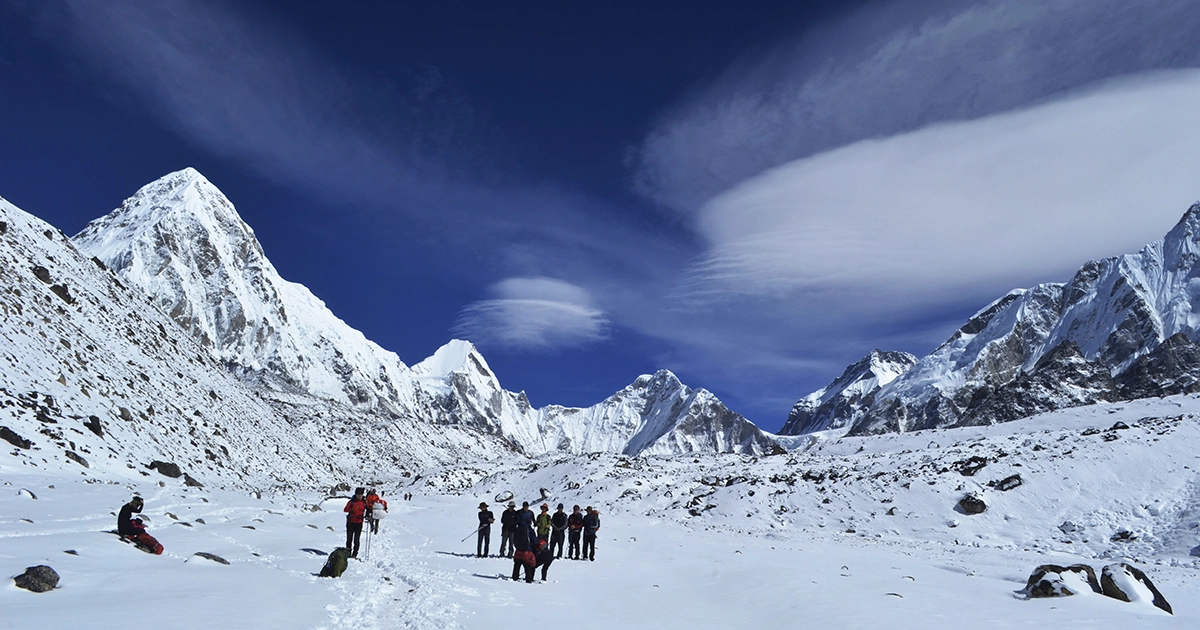
The peak involves decent balance and coordination, fixed-rope sections, ridge climbs, and exposed sections. Though the summit push is arduous, the benefits are great: a close look of Everest and the neighboring peaks, as well as the joy of mastering one of Nepal’s more difficult trekking peaks.
Yala Peak (5,500 m)
Yala Peak, situated in the Langtang area at an elevation of 5,500 meters, is regarded as one of Nepal’s more simple trekking peaks, therefore it is perfect for beginners or those with little climbing knowledge. The ascent does not call for any more than a standard ice axe and some basic crampons.
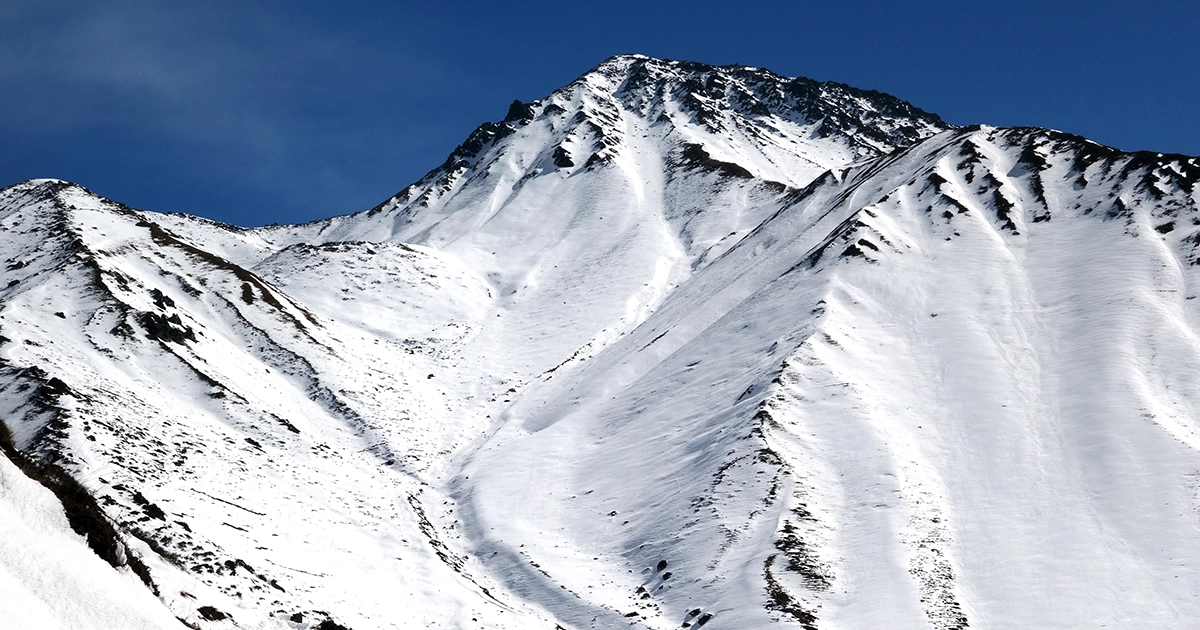
The trip to the base cuts through charming Tamang settlements, yak grazing grounds, and alpine woods. From the summit, Langtang Lirung and the Tibetan Plateau—including Shishapangma (8,027 m)—can be seen.
Pisang Peak (6,091 m)
Along the Annapurna Circuit, Pisang Peak rises over the Marsyangdi Valley. With its more technical nature—if not for anything else in its class—this striking pyramid-shaped peak features steeper snow and ice sections.
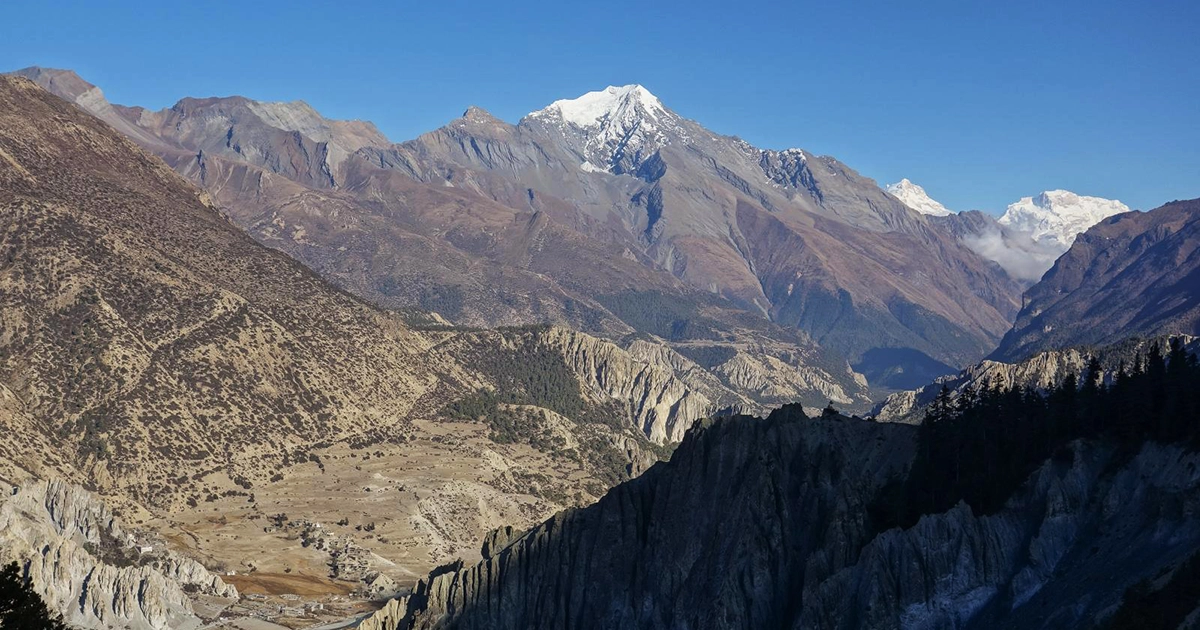
Ridge scrambling and glacier crossings normally start from Pisang village. Pisang Peak gives experienced trekkers seeking to stretch their limits the perfect balance of beauty and difficulty.
Chulu Far East (6,059 m)
Chulu Far East peak is at an elevation of 6,059 meters which is a less-traveled climbing peak in the Manang area. It offers solitude and stunning views as well as part of the Chulu massif.
Even if it is less technical than Chulu West, it still requires good physical fitness and some climbing expertise. The road travels across small villages, high meadows, and barren plains with vistas of Gangapurna II, Gangapurna, and the striking Tilicho Peak.
Dhampus Peak (6,012 m)
Dhampus Peak is also known as Thapa Peak—is usually linked with the demanding Dhaulagiri Circuit Trek. It is situated between the Dhaulagiri and Annapurna ranges.
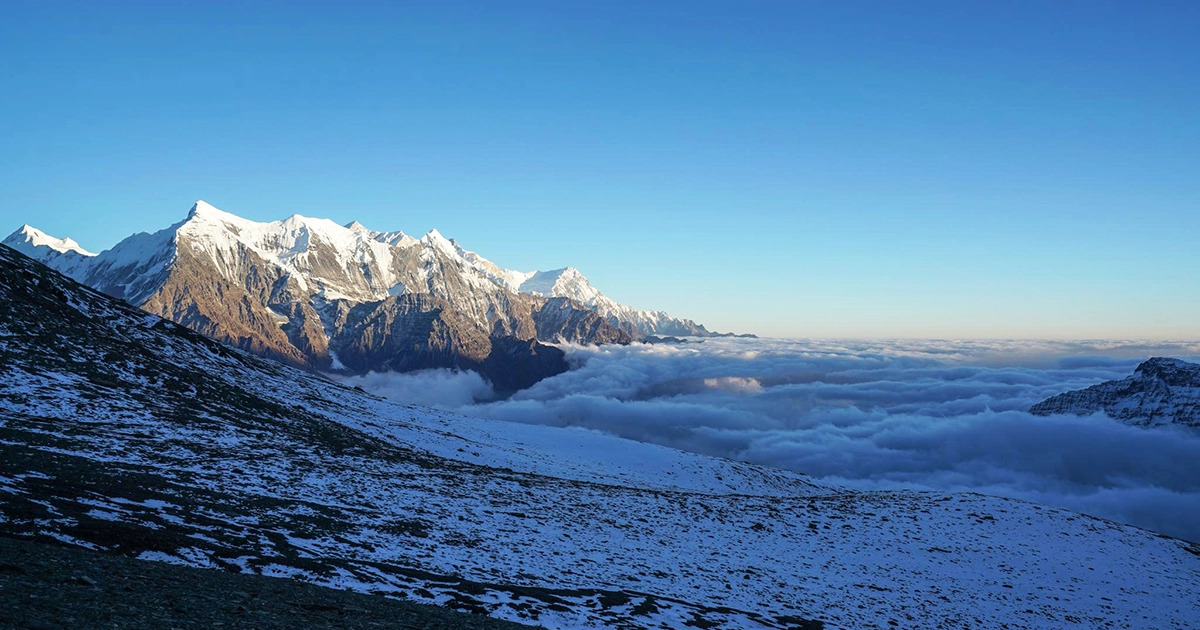
The ascent itself is moderate and appropriate for people who have some little mountaineering experience. Those seeking to discover a more peaceful part of the Himalayas will find the summit of Tukuche, Nilgiri, and Dhaulagiri I concealed gem.
Pachermo Peak (6,273 m)
If you’re craving a wild and remote expedition, Pachermo Peak delivers in spades. Tucked away in the Rolwaling Valley, this climb takes you across the high-altitude Tashi Lapcha Pass and into the lesser traveled backdoor of the Khumbu.
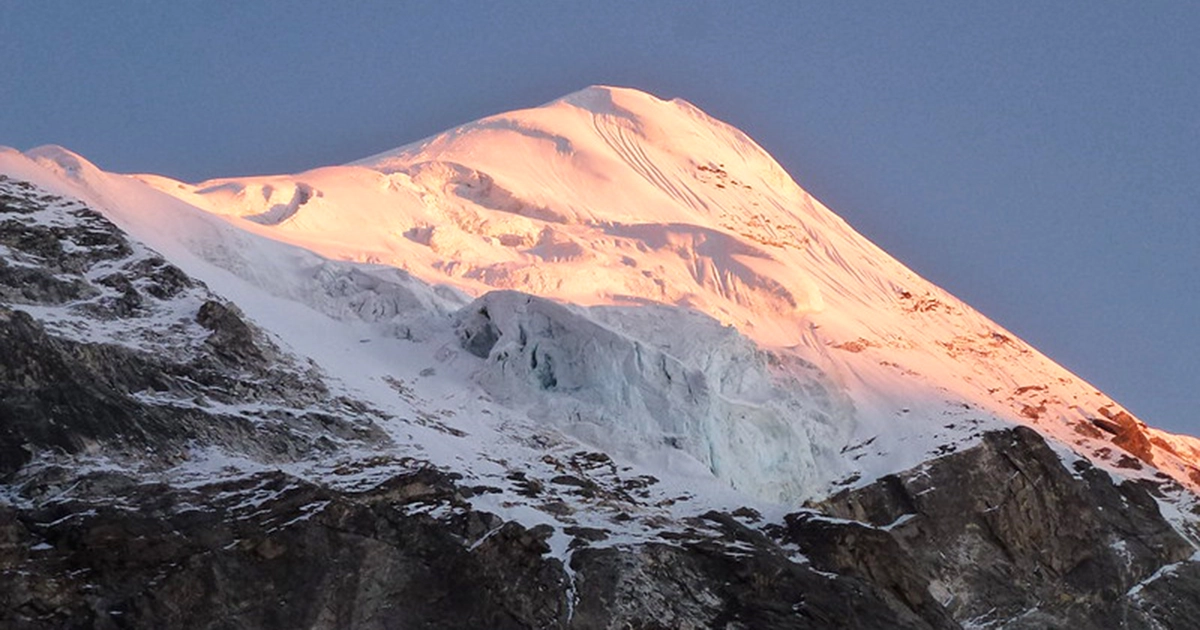
Pachermo is a snow-covered beauty with a sharp ridgeline and stunning exposure. The climb itself is not extremely technical but does require glacier travel, rope handling, and high-altitude endurance. It’s best suited for those who love raw Himalayan adventure, remote trails, and sleeping under the stars far from the crowds.
Best Time to Climb
Spring (March to May) and fall (September to November) are the best seasons for peak climbing in Nepal. The mountain views are at their best during these times when the weather is constant and the skies are usually clear. Along with fall comes clear visibility and dry paths; spring gives rhododendron flowers and higher temperatures at lower altitudes.
On some peaks, winter ascents (December to February) can be done but would include sub-zero temperatures, heavy snowfall, and higher avalanche threat. Because of slippery surfaces, overcast sky, and frequent flight cancellations, the monsoon season (June to August) is not advised.
Curious to know How to Prepare Well for Island Peak Climbing? Do read our blog.
Culture and Landscape
The unique combination of cultural depth and natural beauty distinguishes Nepal’s peak climbing. Travelers traverse through Sherpa, Gurung, Tamang, and Manangi villages where prayer wheels, stone stupas, and fluttering prayer flags are widespread.
Ancient monasteries high in the mountains, alpine meadows, yak herds, and glacial lakes are all part of the trip. This mix of spiritual atmosphere and rough alpine difficulty makes Nepal a particularly wonderful place for climbing.
Permits and Regulations
You need to get a climbing permit from the Nepal Mountaineering Association (NMA). The cost depends on the season as well as the peak you are climbing. Besides the climbing license, one will need national park or conservation area entry permits and a TIMS card—Trekkers’ Information Management System.
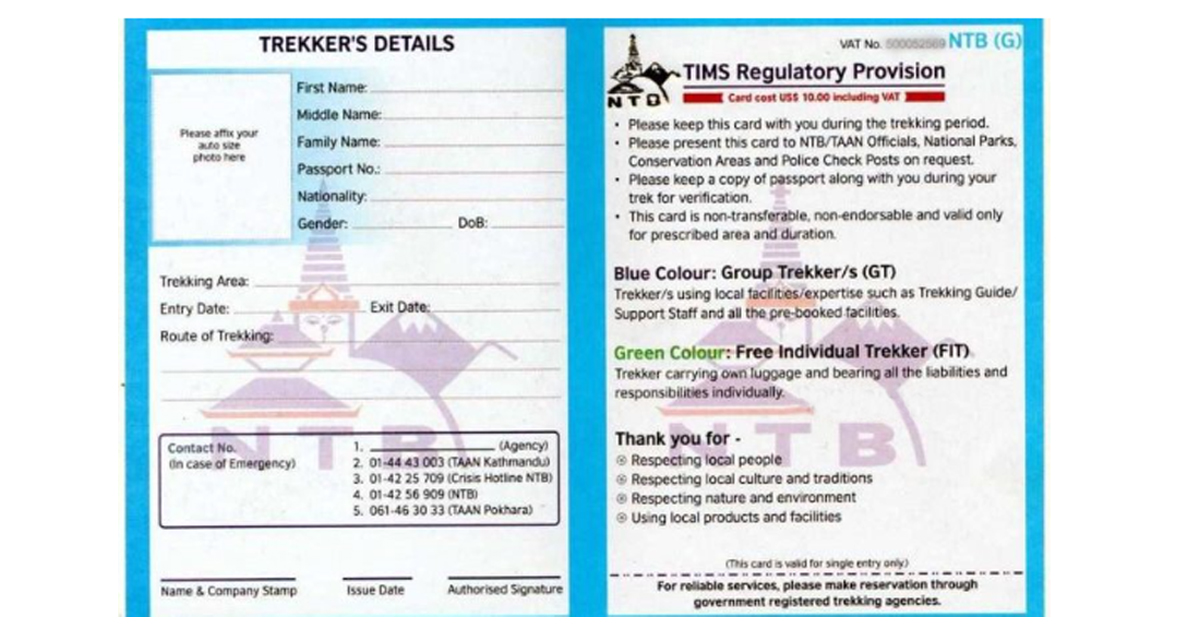
For many climbing peaks, hiring a certified guide is a must. Including permits, guides, porters, logistics, cuisine, and equipment rental, many well-known companies in Kathmandu and Pokhara arrange complete climbing trips.
Crowds and Solitude
Some peaks like Island and Mera see high footfall during peak seasons due to their popularity and accessibility. Still, those searching for seclusion and little-trafficked destinations may want to look into Yala, Chulu Far East, or Dhampus.
With fewer climbers on the trail, these provide just as great views, therefore turning for a more calm and personal connection with the mountains.
Training and Difficulty
Peak climbing in Nepal calls for good physical fitness and some experience in trekking. Although some summits are appropriate for novices, others require minimal technical expertise including knowledge of how to operate the gears like crampons, ice axes, fixed ropes, and movement on ice or snow.
Your training should emphasize altitude conditioning as well as core stability, leg strength, and cardiovascular endurance. You need to practice carrying a weighted backpack and, if feasible, getting a simple mountaineering course or training hike beforehand is strongly advised.
Acclimatization is essential. Rest days and gentle ascents are built into most trips to stave off altitude illness. Key to a successful summit is heeding your body and keeping hydrated.
Gear and Cost
The total cost of a peak climbing trip in Nepal depends on the peak, route, duration, group size, and included services. On average, a guided Island Peak expedition might cost between USD 2,000 to 3,500, that also covers permits, logistics, guide wages, food, and accommodations.
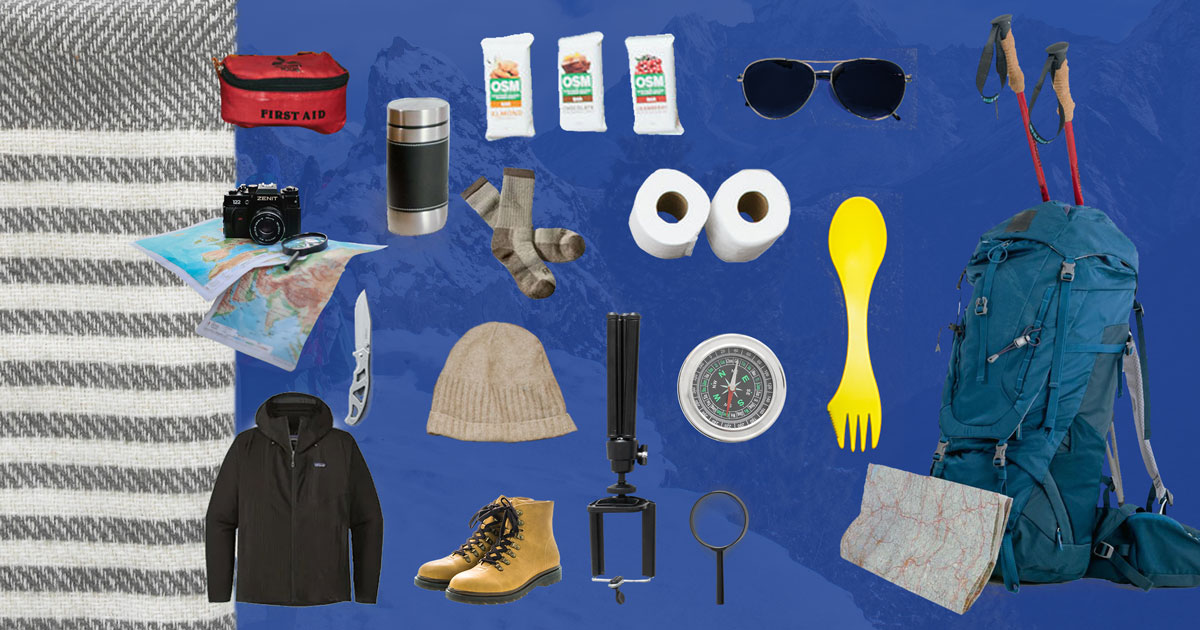
Essential climbing gear includes:
- Mountaineering boots
- Ice Axe
- Crampons
- Harness and helmet
- Down jacket and pants
- Fixed rope and carabiners
- Sleeping bags
- Headlamp, gloves, and gaiters
You can easily rent most of the gear in Kathmandu or Namche Bazaar, but we advise you to bring personal items like boots, base layers, and a helmet for better comfort and hygiene.
Are you Ready for Peak Climbing?
Peak climbing in Nepal is a spiritual quest beyond just a pastime. It’s about waking early in a high camp, hearing the snow crunch below your feet, and seeing prayer flags flutter as you crawl toward a dream. Each summit presents a story, a perspective, a difficulty. Here, we have listed some of the best peak climbing in Nepal.
Whether you are ascending Chulu or setting foot for the first time on Yala Peak, the hills of Nepal are set to imprint recollections that will last a lifetime. All you need is the boldness to start—and then, the remainder is simply Himalayan wizardry.
So, which peak will be your next summit story?
FAQs
Expand AllWhat’s the difference between trekking and peak climbing?
Most of the people get confused between trekking and peak climbing. But they are different, it is all about walking along the trails via different landscapes & villages while trekking.
But peak climbing is more technical and difficult and about summiting a snow-covered peak with glaciers, ridgelines, and often, technical sections.
Do I need climbing experience?
Not always, but some level of prior climbing experience and technical knowledge will definitely be helpful.
What is the ideal time for the peak climbing?
The best time for the peak climbing is Spring (March to May) and Autumn (September to November) seasons.
What are the permits required for peak climbing?
You would need to get climbing permit from the Nepal Mountaineering Association (NMA), a TIMS card, and a national park or conservation area entry permits.
Do I need travel insurance for Peak climbing?
Yes, it is advisable to get travel insurance for peak climbing, if not required.
Can I climb without a guide?
No, you cannot climb without a guide as per government rules.
Related blog posts
Discover a choice of tourist destinations loved by most of our visitors. Whether you're on a jungle safari to spot rare animals or walking through a world heritage site, these well-planned itineraries cover the major highlights of Nepal.


